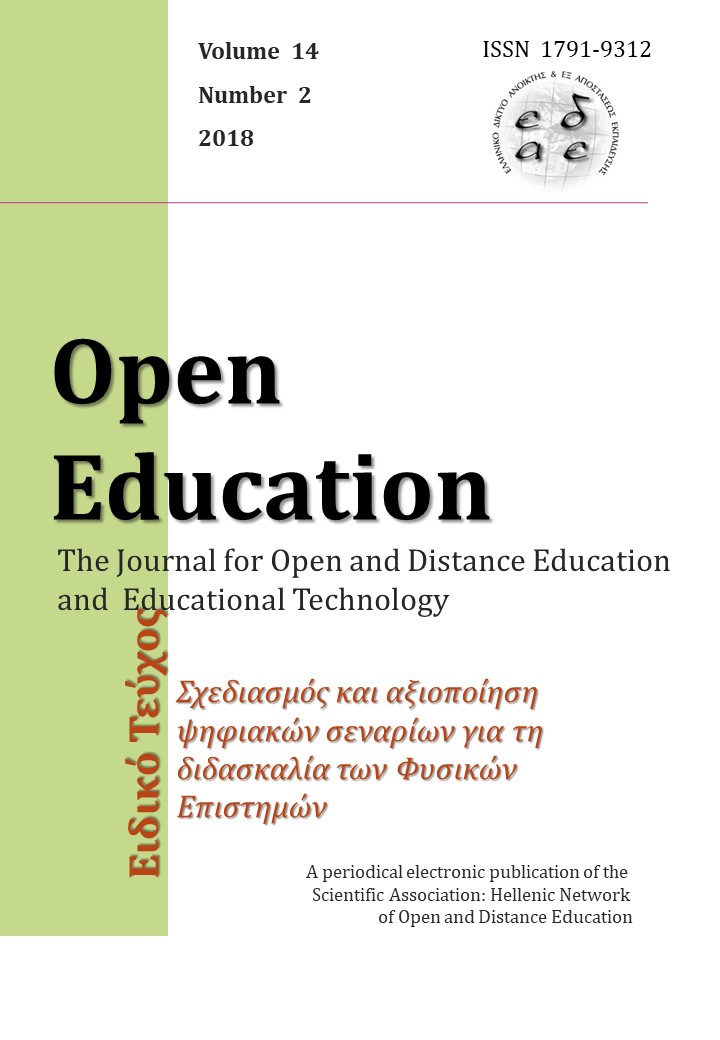Εκπαιδευτικές δραστηριότητες σε επιφανειακά ύδατα με την αξιοποίηση του Διαδικτύου των Αντικειμένων
Résumé
Το υδατικό περιβάλλον διαδραματίζει έναν εξόχως σημαντικό ρόλο για την ύπαρξη της ζωής στη Γη. Ωστόσο, τα υδατικά οικοσυστήματα κινδυνεύουν άμεσα από την ολοένα αυξανόμενη ρύπανση, την κλιματική αλλαγή και την απώλεια της βιοποικιλότητας, με αποτέλεσμα να καθίσταται κάτι περισσότερο από απαραίτητη η διαρκής, όσο και λεπτομερής παρακολούθησή τους. Σε αυτή την εργασία, παρουσιάζεται η εφαρμογή μιας εκπαιδευτικής πρακτικής STEM που αξιοποιεί συστήματα Διαδικτύου των Αντικειμένων με αισθητήρες (Internet of Things, IoT), σε συνδυασμό με κατάλληλα σχεδιασμένες εκπαιδευτικές δραστηριότητες που βασίζονται στη Μάθηση μέσω Σχεδιασμού (Design Based Learning), για την κατανόηση του υδάτινου περιβάλλοντος. Συγκεκριμένα, περιγράφεται ο σχεδιασμός και η λειτουργία ενός αυτοματοποιημένου συστήματος, το οποίο αξιοποιεί δεδομένα αισθητήρων εγκατεστημένων σε λίμνες και ποτάμια, για την παρακολούθηση και καταγραφή των περιβαλλοντικών παραμέτρων. Μέσα από την προσπάθεια ευαισθητοποίησης της σχολικής κοινότητας σε θέματα προστασίας της ποιότητας των υδάτων ως αποτέλεσμα εκπαιδευτικών δραστηριοτήτων STEM, στις οποίες εφαρμόζονται οι γνώσεις των φυσικών επιστημών, της τεχνολογίας, της μηχανικής και των μαθηματικών, οι μαθητές στοχεύουν: α) στη γνώση και κατανόηση των βασικών φυσικών και χημικών παραμέτρων του νερού υδατικών οικοσυστημάτων, και β) στην ικανότητα συσχετισμού, ερμηνείας και εκτίμησης των μεταβολών των φυσικών και χημικών παραμέτρων του νερού.
Article Details
- Comment citer
-
- Numéro
- Vol. 15 No 1 (2019)
- Rubrique
- Μέρος πρώτο / Section 1




